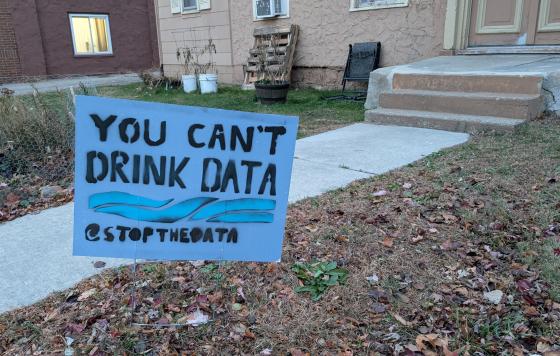
On Saturday, July 30th, a flash flood devastated Ellicott City. Approximately six inches of rain fell in two hours, which carried away over 100 vehicles and caused millions of dollars of damage to the City’s roads, sidewalks, and buildings. Not only was there severe destruction of infrastructure, but the storm also killed two people who were swept away by the water. Downtown Ellicott City has been evacuated, and no one knows how long the residents and businesses will be displaced. Governor Hogan has declared a state of emergency for the area. Although Ellicott City is prone to flooding due to the steep hills surrounding it, there hasn’t been an incident this disastrous in over 40 years.
Ellicott City was not alone in facing the effects of this storm. Earlier in the evening, the National Weather Service had issued a flash flood warning for Anne Arundel, Baltimore, Carroll, Frederick, Howard, and Montgomery counties. The storm left ten thousand residents across Baltimore, Howard, and Montgomery counties and Baltimore City without power. In Baltimore City, a section of Interstate 83 was closed due to the flooding, and several vehicles were left stranded on the Jones Falls Expressway. Rainstorms such as this one overwhelm Baltimore’s storm drains and streams, as captured by this video of Baltimore’s trash wheel. This rainwater also enters the sewer system and causes raw sewage to be released into the Jones Falls. The Department of Public Works (DPW) is required to report these sewage overflows to the public, as they did for a storm a couple of days earlier. However, despite saying that they would release information on Monday, DPW has still not reported the sewage overflow from Saturday’s storm.
This flash flood, which caused the Patapsco River to rise fourteen feet in an hour and a half, clearly overwhelmed our stormwater system. Large volumes of water bypassed the storm drains and went directly into nearby waterways. Maybe nothing could have prevented the tragedy in Ellicott City, but more green stormwater infrastructure that would soak up the water before it even reached the storm drains could have lessened the impact on Baltimore City.
There are many different types of green infrastructure A few examples are rain gardens, green roofs, bioswales, urban filter strips, and stormwater retrofits. By using vegetation and soil, all of these types of green infrastructure are designed to trap or slow water so it can be absorbed when it rains to filter out any pollutants. Otherwise, the unfiltered, polluted water will just travel along impervious surfaces, such as sidewalks and roads, and end up in the storm drains or our waterways. Green infrastructure would reduce both the pollution in the stormwater and the volume of water our stormwater system has to support.
Baltimore City and nine Maryland counties have submitted plans to show how they will improve stormwater infrastructure to meet state and federal requirements. While these plans address methods to decrease the pollution in stormwater, some do not include enough green infrastructure projects that would reduce the volume of stormwater. Clean Water Action is working to hold these jurisdictions accountable for improving these stormwater plans, so we can prevent disastrous flood events like this one in the future. Learn more about these plans here.


